When you think of great audio design in racing games, what’s your first thought?
Forza? Assetto Corsa Competizione? RaceRoom Racing Experience?
I can tell you what doesn’t spring to mind – the Gran Turismo series.
Released in Japan just before Christmas in 1997, then in the EU in 1998, Gran Turismo was a racing game phenomenon that transcended genres. Everyone who saw it was impressed.
For a young car obsessive like myself – something I discussed in more detail earlier this year – seeing Gran Turismo (GT) in action was spellbinding. The graphics looked photo-realistic (seems ridiculous to think this nowadays, but it’s true!) and the cars behaved realistically.
And you know what? The sounds weren’t bad either. This was pre-Millennium after all, expectations were justifiably low based on the standard of the competition.
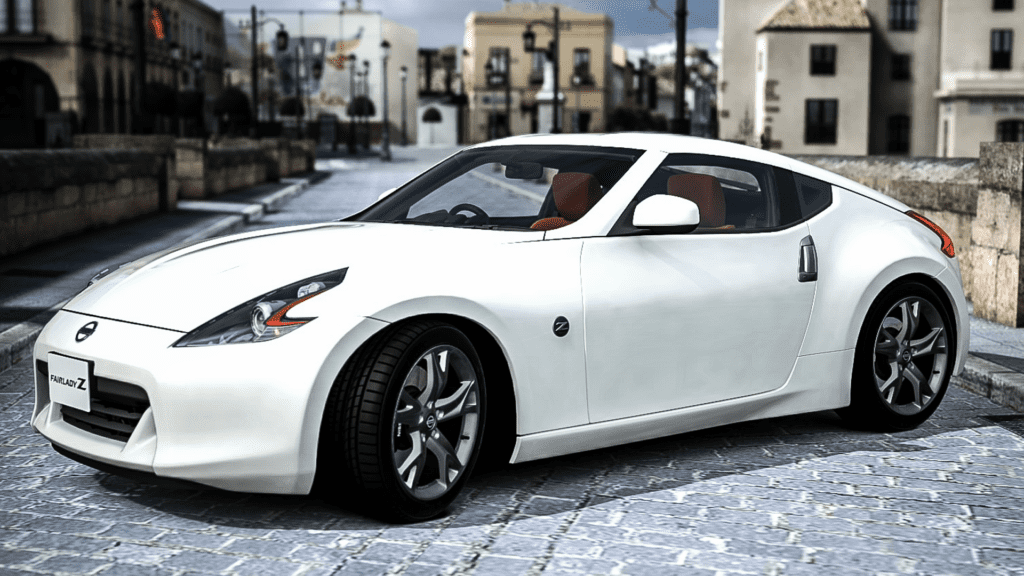
Fast forward through GT’s sequels, and we saw a huge technological jump. Cars looked incredible and had improved physics, and constantly evolving features (as well as oddities). The series also formed the basis for the GT Academy television competition, which elevated gamers to the real racing world.
“So, the engine noises progressed as much as everything else, didn’t they?” I hear you ask.
No, they did not.
The hills are alive, with the sound of Henry
If you’ve followed racing game news from the past decade or so, you’ll know that engine sounds in GT were a huge talking point among fans, me included.
If I look back on the overlapping era of Forza Motorsport 3 and Gran Turismo 5, a time in which I played both titles for around one hundred hours each, my overall impression was that Forza handled engine noises so much better than GT.
I preferred GT’s driving model and excellent photo mode, but Forza was my personally preferred option for racing thrills at this time, especially as the online aspect was well-formed and great fun with friends.
With Forza Motorsport 4 arriving a year after GT5 in 2011, the gap in sounds widened further.
But why was there such a discrepancy? To answer that question, we’d need to look at the way the team behind GT – Polyphony Digital (PD) – went about capturing car sounds.
The sound of silence
Gran Turismo creator and talisman Kazunori Yamauchi has a huge passion for cars, photography and motorsport. This is obvious from GT’s unsurpassed photo modes, his real-life racing career at the Nürburgring, and the attention to detail in the game’s car models.
Which makes it even more galling that some of the engine notes sounded like a strained Casio keyboard being slowly crushed by a hydraulic press.
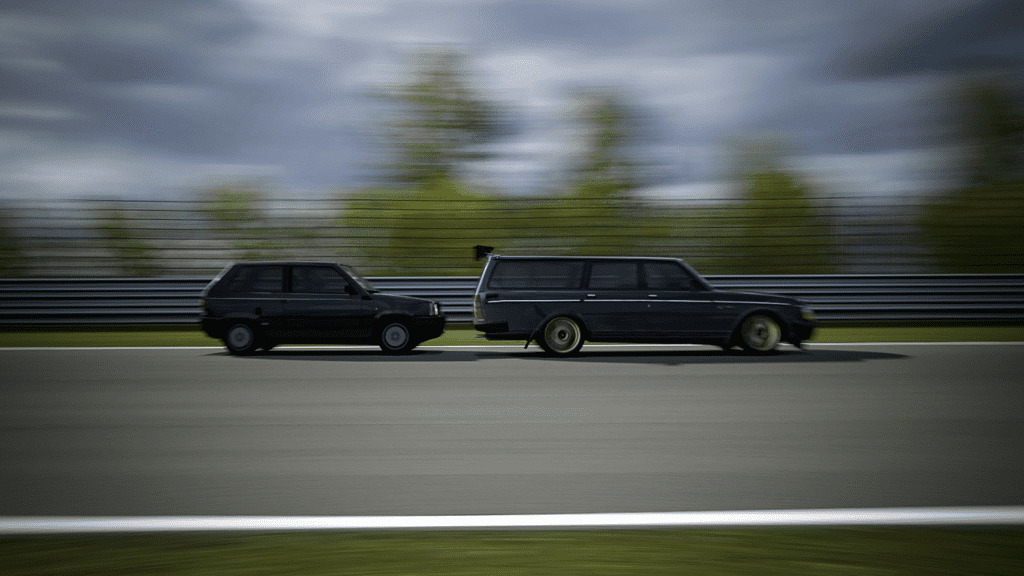
The audio mix also featured masses of reverb, which makes the sound of mechanical death throes even more unpleasant to listen to. In contrast, transmission whine was done quite well, but coupled to unrealistically instantaneous gear changes, the effect is jarring.
Surely these tortured engine sounds came from digitally fabricated audio samples with zero basis in reality?
Wrong.
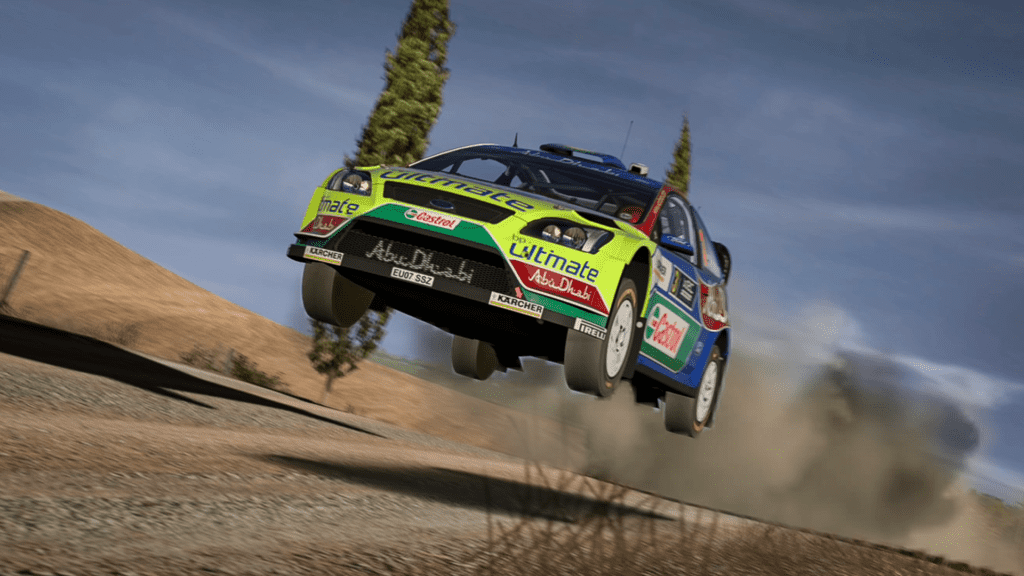
PD used real cars and recorded real sounds and spent a lot of time and money creating the best quality audio samples. Commenting on the recording techniques for Gran Turismos 1-4, Yamauchi said on the PitStop blog:
“The car for data capture would be placed in neutral and revved from idle to every 1,000rpm mark and held, with a number of microphones placed inside, outside, in the engine room, and wherever else needed. In the end, multi sampled data was made in this way.
“But having the car in neutral means that, aside from the internal losses in the engine, it’s under almost no load, with only a small throttle opening. A car in a real driving state is much different. If you’re a driver, the conditions for a good exhaust sound for your senses is pretty clear, and though we could individualize the character of each car by sound, we did already recognize from back then that it was not truly the best sound for that car.”
Yamauchi explains the attention to detail given to the process but also outlines some flaws. The sounds being captured weren’t necessarily the sounds you would hear in the cockpit when the car was under load.
But in 2012, Yamauchi would explain in an interview with GT Planet that: “My perspective is that the sounds in Gran Turismo are just too real”, which brought a chorus of guffaws from the racing game public, unconvinced at this rather bold assertion.
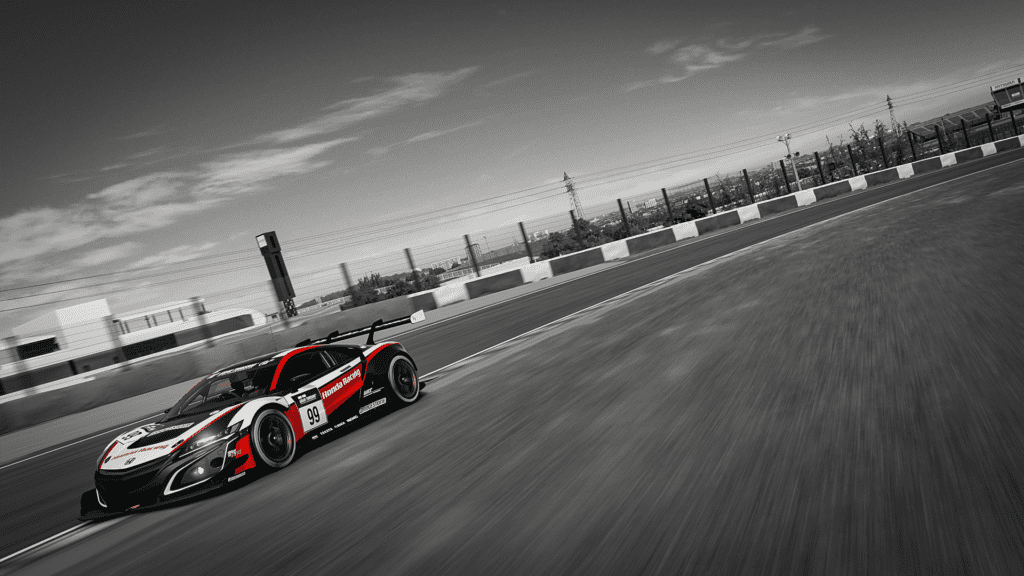
Did he have a point though? PD were recording real sounds, but perhaps focusing on the engine bay and cockpit of a stationary car instead of the exhaust note was the flaw in their system.
On the other hand, if Forza could create convincing engine notes, then why couldn’t GT? “I think it would be a good thing to sort of design the sound a little bit, and so that is something I would like to challenge ourselves with in the future.”
In a roundabout way, Yamuachi acknowledges the best way to achieve convincing sound is to artificially engineer the raw, recorded material to enhance the aspects players look for in an immersive driving experience.
This is what the Forza series has done from the outset, as well as most other racing game franchises. It makes a lot of sense. PD’s strive for realism effectively created less aurally-interesting cars in the game. Focusing and digitally enhancing the exhaust note was now a priority.
So, Gran Turismo 5 would be a huge improvement then?
Erm, not quite.
Red Bull man-band
In GT5 and GT6, we were presented with a few improvements in sound quality, but most of the cars still sounded patently artificial – even though this Ferrari example shows what can be achieved with upgraded sound equipment. This was hugely disappointing for fans, as the series had enough time, and presumably enough resources, to solve the issue.
What was encouraging, however, were the sounds created for a couple of the cars. My favourites were the Red Bull Prototype vehicles. These sounded raw, racy, and really captured the energy of racing machines.
It felt like the sounds for these machines were created in a vacuum separate from the rest of the game’s cars. Perhaps Adrian Newey and Christian Horner messed around in Pro Tools with a selection of V6 sound banks during a cider-fuelled lads’ night in, with Helmut Marko adding a touch of synth on his Keytar?
The fact these cars required a bit of grinding to obtain was a shame, as some GT players were so disillusioned by the series’ sounds they’d given up before hearing them.
Sports exhausting
Maybe the Red Bull cars in GT6 were a forerunner to how audio would work in GT Sport? Because at long last, the development team seemed to get to the bottom of the issue with their 2017 release. Classic V8 muscle car sounds were drastically different to the more piercing V8s found in Ferraris for example.
Exhausts pop and bang convincingly off-throttle, and the cars retain the kind of satisfying handling model the GT series is renowned for. The smooth jazzy menu music also manages to retain all the charm it’s ever had…

It’s not fair to say that the engine sounds were previously terrible in Gran Turismo. As many players found, using top quality sound equipment to play the game was a stark contrast to a standard TV speaker setup, as you can hear in the Ferrari example mentioned earlier.
But not everyone has access to this kind of equipment – hardly anyone in fact – especially not youngsters playing the game in their bedroom on a small TV, which is exactly how my GT gaming journey began all the way back in 1998.
This is perhaps where Polyphony Digital had fallen down through the years with sound design, by not catering to the casual fan.
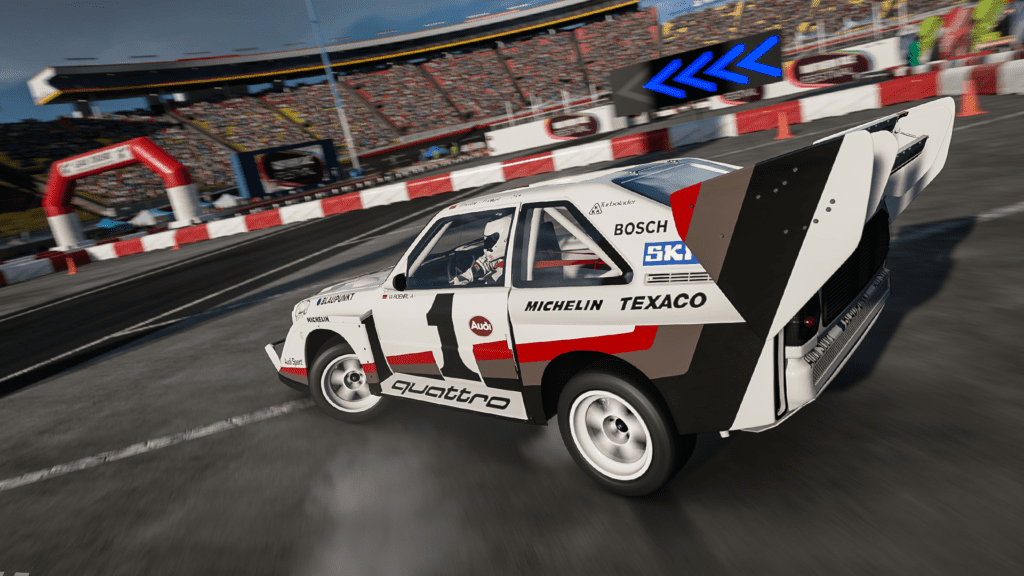
A marked improvement came after Polyphony Digital employed former Forza Motorsport 1-4 Audio Lead Mike Caviezel in 2015, who continues to work there to this day. Although hiring one person wouldn’t have made an immediate difference to the entire audio experience in GT, it was a signal of intent.
The fact that GT Sport was a huge leap forward for the series indicates that PD is finally on the right track.
Hopefully, Gran Turismo 7 continues the trend…
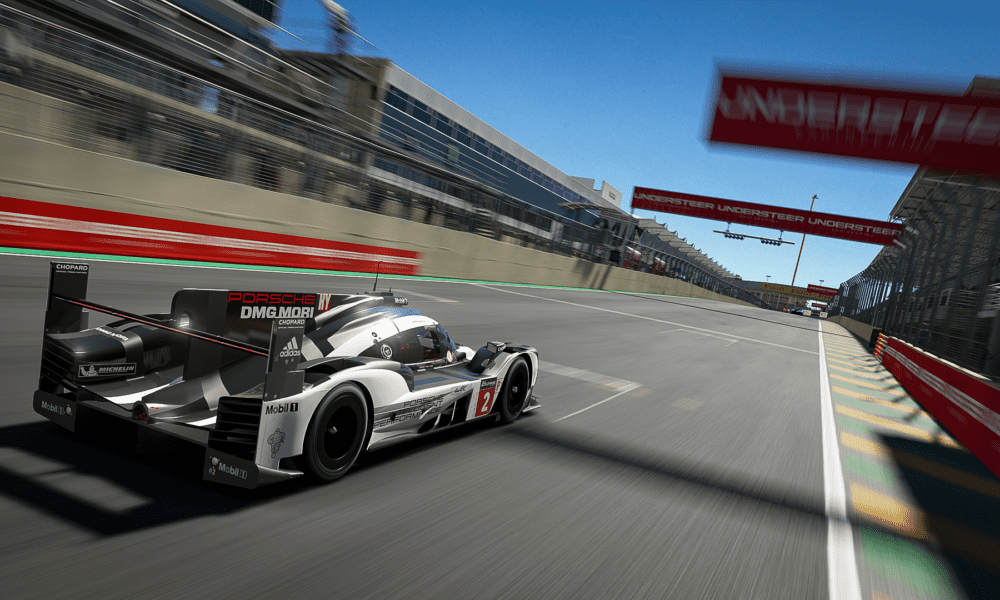




Chat with the Community
Sign Up To CommentIt's completely Free